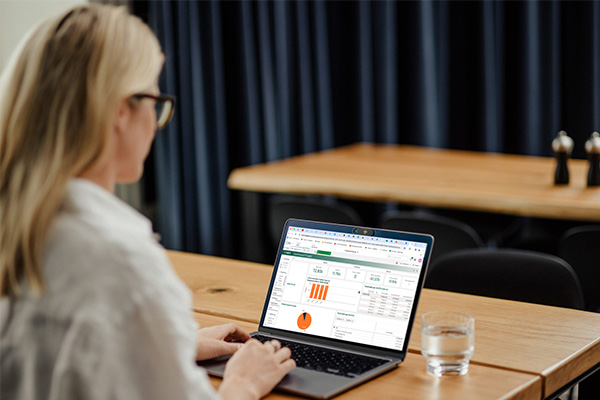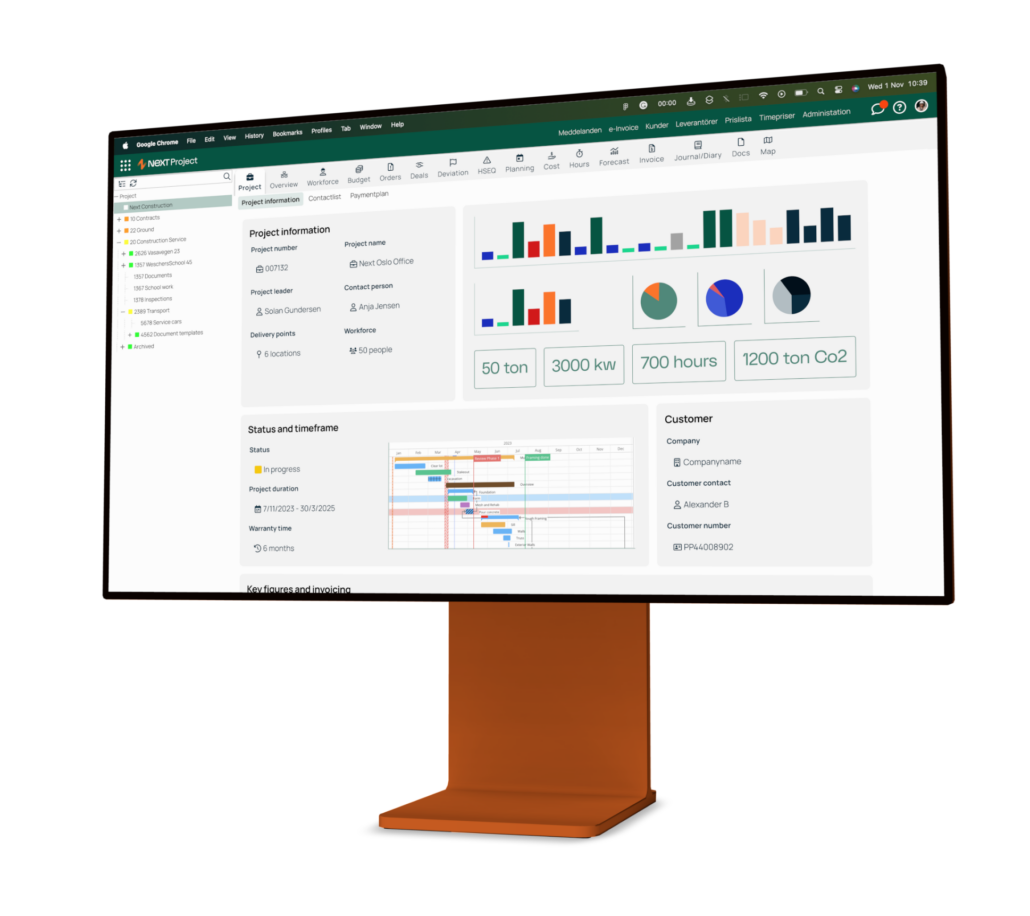*Sponsored content from Next-Tech.

The companies that use data analytics in construction effectively aren’t just adapting to ride the industry-wide digitisation trend – but are realising the positive effects of well managed data on their project’s profits. For all construction businesses right now, profits are often hard to come by. Studies show construction project profits have been steadily declining over the last six years, and are now at an average of only 1-2%.
How data analytics in the construction industry are currently being used
Even though some still operate on whiteboards, excel, or pen and paper, construction companies of all sizes are starting to see the positive capabilities of using digital tools to harness construction industry data analytics.
Effective project data gathering and tracking helps improve project management, by giving project managers more visibility into things like:
- Project planning
- Time reporting
- Work order management
- Field reporting
- Budgeting
- Revenue forecasting
- Tendering and invoicing
- Resource planning
- And much more
Not only that, but when the data from these project aspects are connected in real-time, you can see how one small change in a project can affect everything else, giving more control over project performance.
Regulatory compliance
The shift toward digital tools is further spurred by tightening regulatory requirements.
In the UK, for instance, the concept of the ‘golden thread’ as outlined in recent building safety legislation emphasises the importance of transparent and accessible digital records throughout a building’s lifecycle.
This initiative aims to enhance building safety by ensuring all safety information is readily available and up to date, pushing companies towards digital solutions that can manage and maintain such detailed data efficiently.
Younger generations pushing for modernisation
As younger, tech-savvy professionals enter the construction industry, there is an increasing expectation for companies to leverage technology. This demographic is adept at using digital tools and expects their workplace to utilise technological advancements.
Their influence is catalysing the adoption of technologies such as machine learning, AI, and IoT in construction processes, which not only streamlines operations but also attracts new talent who are eager to work in a modernised environment.
Sustainability initiatives
With environmental impact a growing concern, construction data analytics help in planning and executing construction practices that are more sustainable and less damaging to the environment.
But the boom in construction digitisation and data analytics has left a lot of ambitious companies scrambling to keep up – and this leads to rushed approaches. The potential of data analytics in the construction industry is consequently being wasted.
The advantage of seeing data in motion

By harnessing the power of data in motion, construction companies can avoid the pitfalls of outdated information and static data analysis. This proactive approach reduces risks, cuts down waste, and significantly boosts project performance.
Embracing data in motion is not just about keeping up with technology, it’s about staying ahead of the curve in project management, ensuring that your projects are not just completed, but completed successfully and profitably.
Looking for some further guidance?
If you’d like to explore the application of project management software further, why not book a demo to see Next Project in action. As an FMB member, you can benefit from preferential rates on our services.
*Disclaimer: This blog post is sponsored content, which is independent of the FMB. Publication does not constitute endorsement or recommendation from the FMB.



